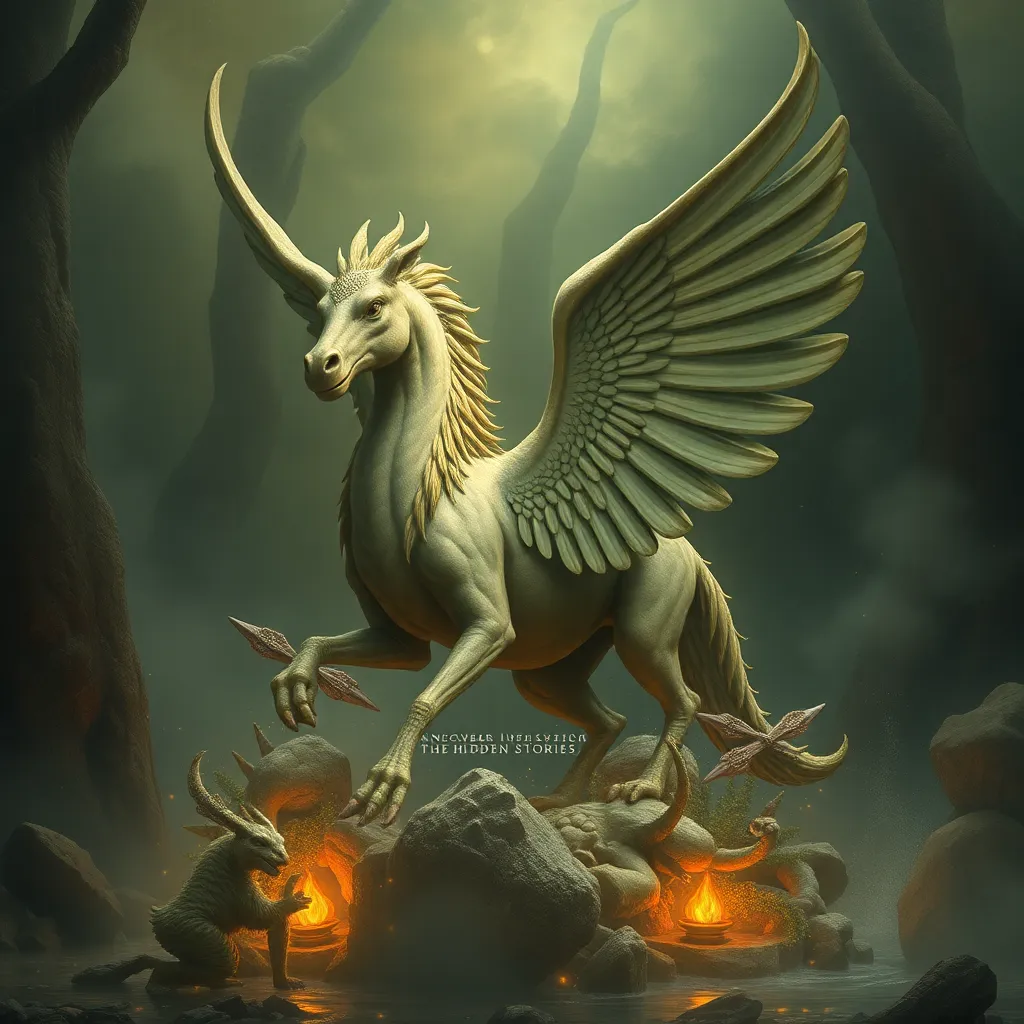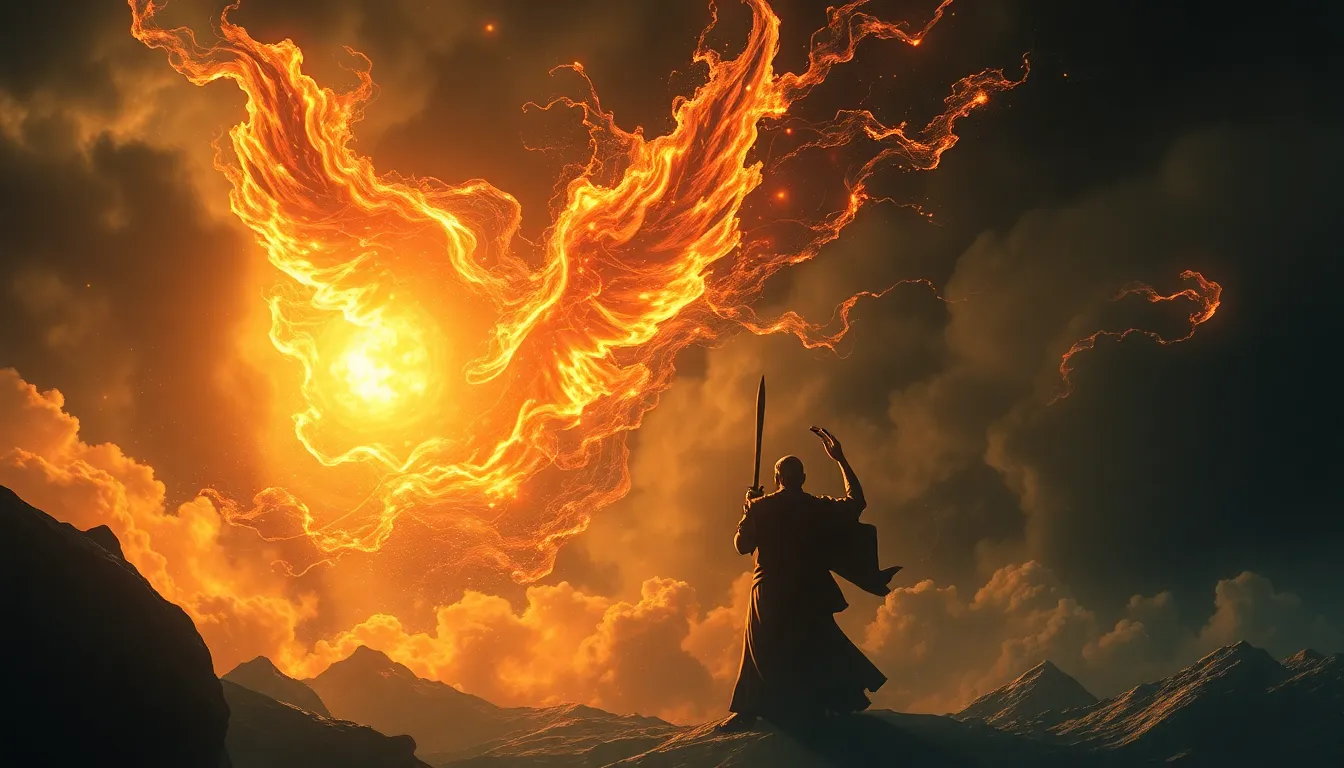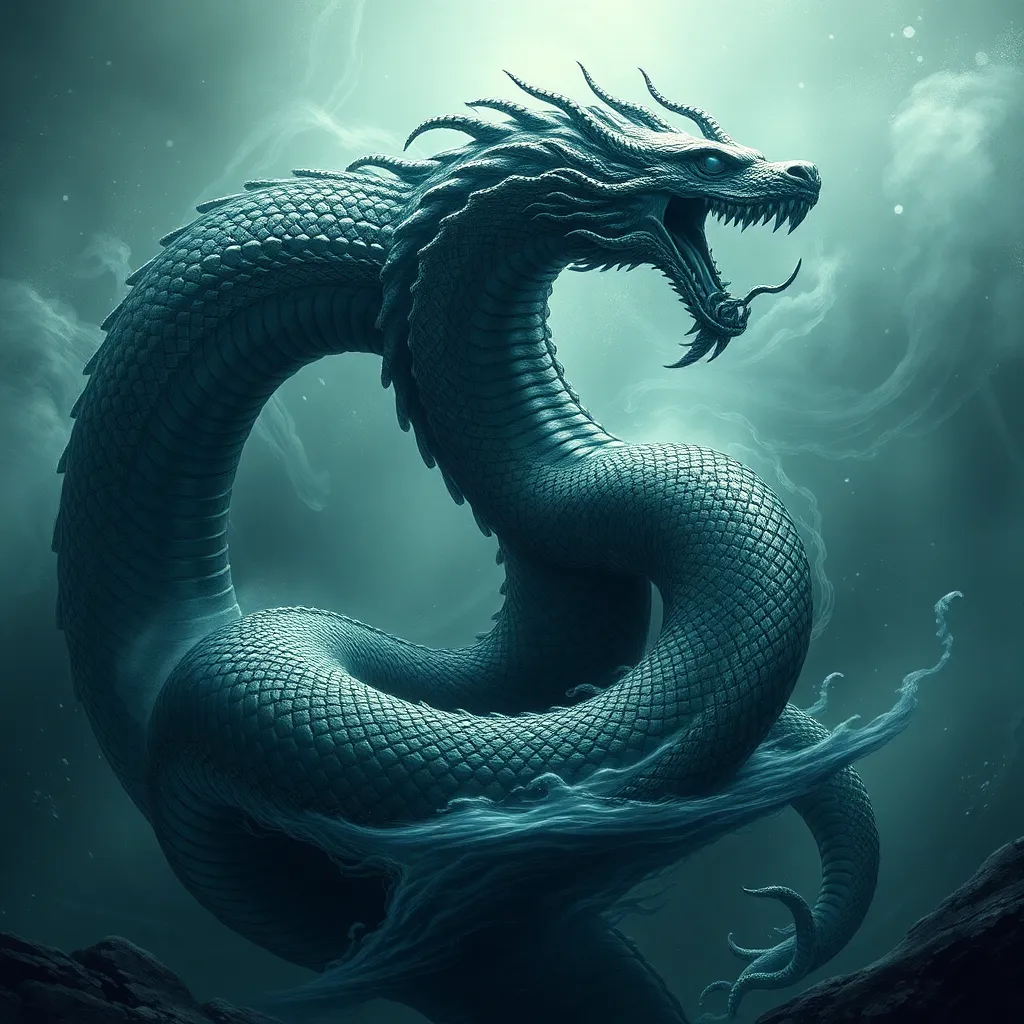Hippogriff Mythology: Uncovering the Hidden Stories
I. Introduction to the Hippogriff
The Hippogriff is a fascinating mythical creature that captures the imagination with its unique combination of traits. Defined as a hybrid between a horse and an eagle, the Hippogriff embodies the grace and power of both animals, making it a symbol of nobility and freedom.
Historically, the Hippogriff emerged from classical literature, with roots tracing back to the 16th century. Its earliest mention is attributed to Ludovico Ariosto’s epic poem “Orlando Furioso,” where it was depicted as a loyal steed of the noble knight, demonstrating its significance in the chivalric tradition.
The Hippogriff holds a crucial place in mythology and popular culture, often representing the themes of adventure, exploration, and the transcendent bond between earth and sky.
II. The Birth of the Hippogriff: A Mythical Fusion
The origins of the Hippogriff can be traced back to classical literature, where the blending of different animal traits was a common motif. This mythical creature is the result of a fusion of the horse, symbolizing strength and endurance, and the eagle, representing freedom and majesty.
Key figures in the creation of the Hippogriff myth include Ludovico Ariosto, whose vivid descriptions helped solidify the creature’s place in the literary canon. The Hippogriff’s birth from such distinct animals showcases the symbolism of combining their traits, highlighting a theme of duality and harmony.
- Horse: Represents strength, loyalty, and nobility.
- Eagle: Symbolizes freedom, vision, and power.
This fusion not only creates a visually striking creature but also conveys deeper meanings about the unity of opposites and the potential for greatness when different strengths are combined.
III. The Hippogriff in Literature and Art
The Hippogriff has made notable appearances in various medieval texts, where it often serves as a symbol of heroic quests and noble endeavors. In “Orlando Furioso,” the Hippogriff is portrayed as a divine mount, capable of soaring through the skies and assisting knights in their quests.
Artistic representations of the Hippogriff have varied throughout the ages, often reflecting the cultural context of the time. From illuminated manuscripts to Renaissance paintings, the creature has been depicted in various artistic styles, showcasing its grandeur and mystical qualities.
- Medieval Manuscripts: Often illustrated in the context of chivalric tales.
- Renaissance Art: Emphasized the creature’s majestic form and noble attributes.
In contemporary fantasy genres, the Hippogriff continues to influence writers and artists. Its appearance in modern literature and film has introduced the creature to new generations, ensuring its legacy endures.
IV. Cultural Interpretations of the Hippogriff
The Hippogriff’s image varies across cultures, with each interpretation adding unique layers to its mythology. In some traditions, it is seen as a guardian spirit, while in others, it embodies the duality of human nature.
In folklore, the Hippogriff often serves as a bridge between the earthly and the divine, representing the aspirations of humanity to reach greater heights. Comparative analysis with similar mythological creatures, such as the griffin and the Pegasus, reveals common themes of valor, freedom, and the interplay between human and animal traits.
- Griffin: A creature with the body of a lion and the head of an eagle, symbolizing strength and vigilance.
- Pegasus: A winged horse that represents inspiration and poetic genius.
These creatures, while distinct, share a symbolic lineage that reflects humanity’s fascination with the extraordinary and the unknown.
V. The Hippogriff as a Symbol of Freedom and Valor
In literature, the Hippogriff is often explored as a symbol of freedom and valor. It represents the courageous spirit that seeks to transcend limitations and soar to new heights. Knights and heroes who ride the Hippogriff are often depicted as embarking on noble quests, emphasizing the creature’s connection to bravery.
The representation of the Hippogriff in various narratives highlights its role as a metaphor for the human endeavor to achieve greatness. Whether in epic tales or modern storytelling, the Hippogriff embodies the qualities of courage, resilience, and the pursuit of dreams.
Modern interpretations often associate the Hippogriff with themes of freedom, reflecting contemporary values of individuality and self-expression. It serves as a reminder of the importance of embracing one’s aspirations and breaking free from societal constraints.
VI. The Hippogriff in Modern Popular Culture
In recent years, the Hippogriff has experienced a resurgence in modern popular culture, appearing in films, books, and video games. Its depiction in these mediums has introduced the creature to a wider audience, reinforcing its status as a beloved mythical being.
One of the most notable appearances of the Hippogriff is in the Harry Potter series, where it is introduced as a magical creature that embodies both beauty and danger. The Hippogriff Buckbeak plays a significant role in “Harry Potter and the Prisoner of Azkaban,” showcasing the creature’s complexity and depth.
- Film Adaptations: The Hippogriff is visually stunning and serves as a pivotal plot point.
- Video Games: Often featured as a mount or companion, enhancing the player’s experience in fantasy worlds.
The influence of the Hippogriff extends beyond literature and film, as it has also inspired fan communities and role-playing games. This engagement fosters a sense of connection among enthusiasts, allowing them to explore the creature’s mythology in creative ways.
VII. The Legacy of the Hippogriff in Contemporary Society
The Hippogriff remains relevant in contemporary storytelling, continuing to inspire writers, artists, and creators across various mediums. Its legacy is evident in the ongoing exploration of themes related to freedom, courage, and the human spirit.
In education and cultural studies, the Hippogriff serves as a case study for examining mythological creatures and their impact on society. Its enduring appeal highlights the importance of mythology in shaping cultural narratives and influencing modern literature.
The Hippogriff’s impact on the fantasy genre has also contributed to its evolution, with new interpretations and adaptations emerging to reflect changing societal values and aspirations.
VIII. Conclusion: The Enduring Appeal of the Hippogriff
In summary, the Hippogriff holds a significant place in mythology and culture, representing themes of freedom, courage, and the blend of human and animal traits. Its role in modern narratives reflects the ongoing fascination with mythical beings and their capacity to inspire.
As we reflect on the Hippogriff’s legacy, it is clear that this creature will continue to capture the imagination of future generations. Its enduring appeal lies in its ability to symbolize the aspirations of humanity, encouraging us to dream big and seek our own adventures.
In the ever-evolving landscape of storytelling, the Hippogriff will undoubtedly remain a cherished figure, representing the magic of mythology and the boundless possibilities of the human spirit.



